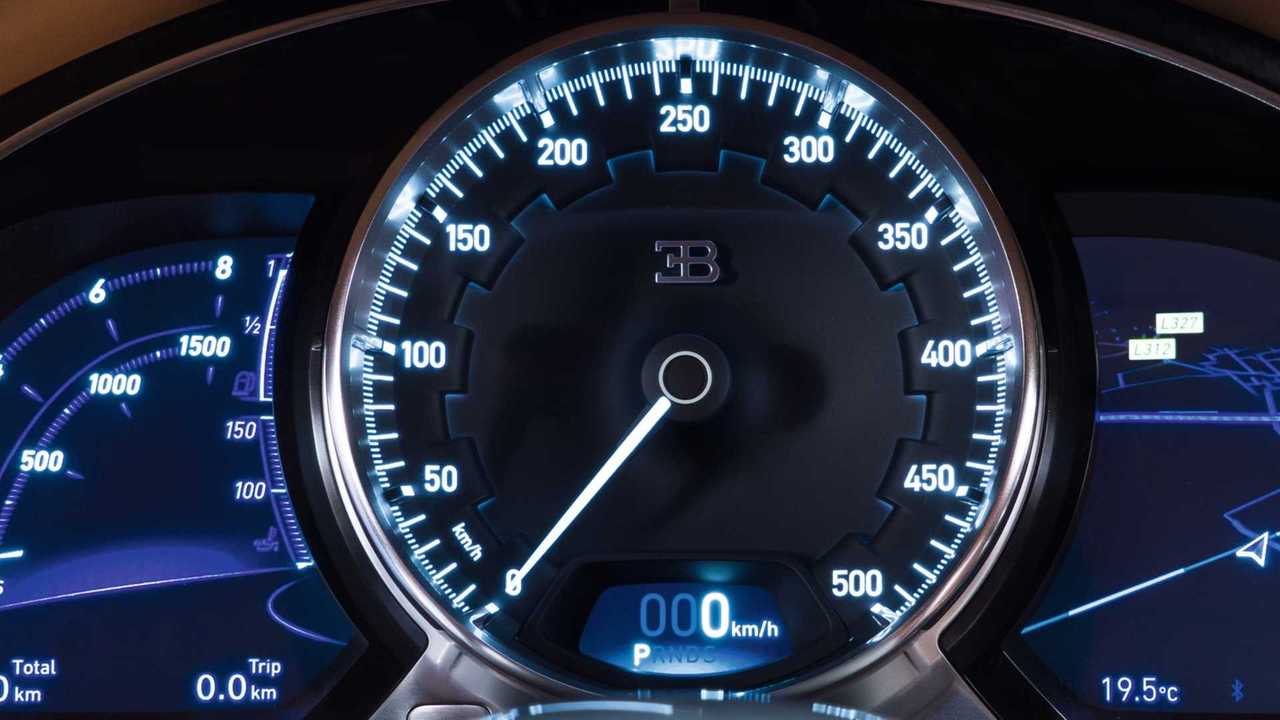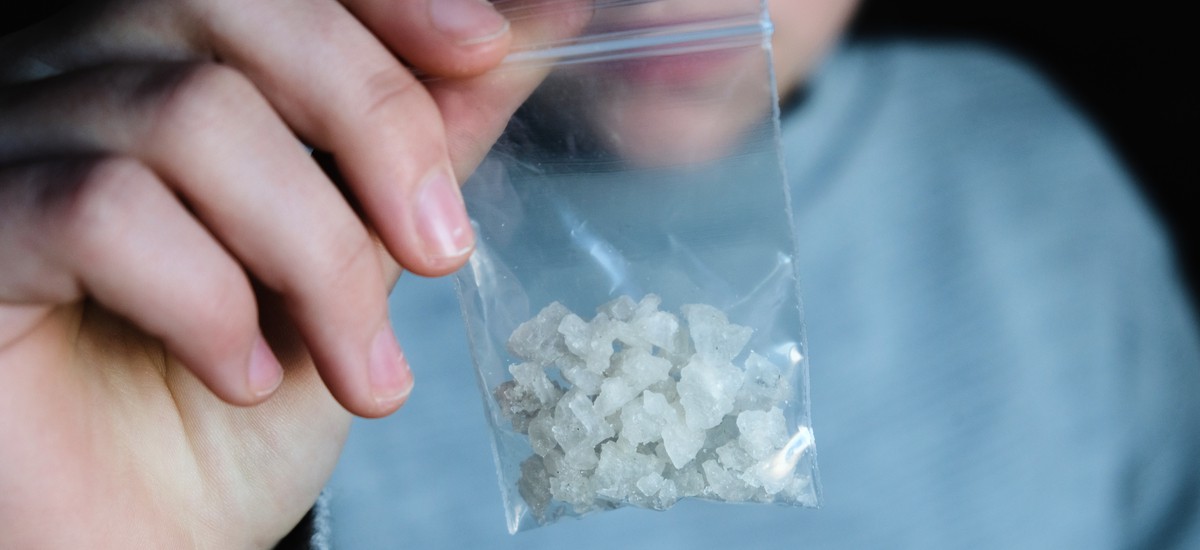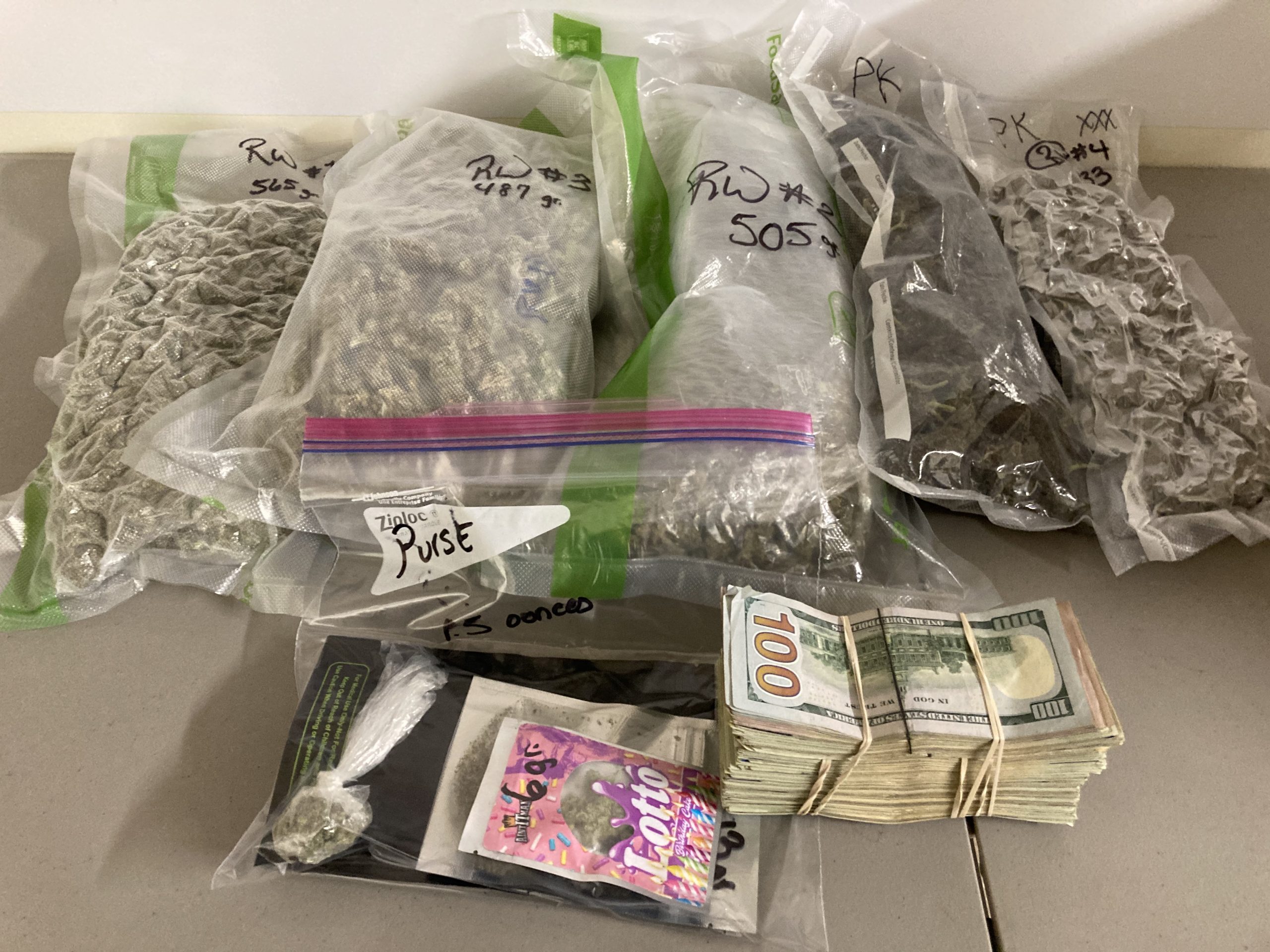Officers often use the term “hidden compartments” when referring to large loads of narcotics hidden inside of vehicles. The term is rather generic and I like to break the term down into more specifics. Hidden compartments can encompass both Hidden NATURAL compartments, meaning areas of the vehicle that are hidden from the naked eye but are a natural part of the manufactured vehicle. The second type of hidden compartment would of course be the Hidden FALSE compartment, the compartment that is specifically built into the vehicle to hide contraband.
Both Natural and False compartments can be utilized by the drug trafficker effectively, and often there is no difference as to which one is more successful. As a highly trained drug interdiction officer, you can successfully locate both types of compartments.
The drug hauler doesn’t think like an interdiction officer and that is what gets him/her caught. He is thinking, “If I can build this super secret compartment that no one can find I will get away with hauling this 50 kilos of coke”. He thinks about how well the compartment is. On the other hand, a highly skilled interdiction officer doesn’t worry about where the dope is hidden. He knows that if he picks up on the right indicators, if his interview leads to stories that don’t make sense, then he knows he is going to find the load of dope no matter where in the car it is.
With that theory in mind let’s take a look at 10 popular areas of concealment for drug trafficking, keeping in mind that this is not an all inclusive list, but only 10 out of hundreds of concealment methods.
Wheels/Tires
This can be an natural area of a vehicle that can be used to build a False compartment in where the drug trafficker feels that even an experienced interdiction officer will overlook. Spare tires were popular for a long time until officer’s began to figure out that they were being used to transport dope. So the traffickers switched to building and welding steel compartments to the inside of the wheels the vehicle was actually rolling on. Be sure to check for odors by letting the air out, by checking the weight of the wheel tire combination, and by utilizing a narcotic canine when necessary.
Bumpers
False compartments can be built on the inside of both front bumpers and rear bumpers of passenger cars. Make sure in your search techniques that you are able to compensate for any space or lack of space in bumpers. Utilizing fiber optic scopes, density meters as well as canine can assist in this area. Be sure to check the nuts and bolts that attach the bumpers to the car. Do they have recent scar marks on them?
Behind/Under the Backseat
Extremely popular concealment location. I like to refer to this area as the “lazy traffickers hidden compartment”. For some reason they don’t think an experienced interdiction officer will bother to look under and behind the backseat. WRONG. Be sure to compensate for any space or lack thereof behind the backseat, between the seat and the trunk. This is not only a popular natural hiding place, but a popular location to build a False compartment as well.
Doors
Traffickers like to hide bundles of dope in the naturally hollow doors in the vehicle. Simply by popping off the inside plastic cover they can access this area and simply put the covers back in place. Check these areas by canine, and interdiction equipment. An old school method is by tapping on the doors, they should sound hollow not solid. Officer’s can also check for scarred bolts and nuts and check to see if the windows roll down all the way. If they do not, this is a tell-tale sign of packages of dope hindering the windows from rolling down on the inside of the door.
Rocker panels and Fenders
This natural area of the vehicle has been being used for years by Mexican smugglers. You can check for bond on the front fenders in the engine compartment, any trip wires or fresh paint as well. Rocker panels are areas of the vehicle frame that can be accessed through the wheel wells and can be hidden well. Canine is best used on rocker panels. Also check for Bondo on the inside of the wheel well and /or fresh paint and added dirt/mud.
Gas Tanks: Another popular NATURAL hidden compartment. The old method of the smuggler was to simply unbolt the gas tank from the vehicle, load it up with dope and re-attach it. However, skilled interdiction officer’s picked up on this by noticing the tanks have been recently removed from the vehicle. So then they started cutting through the frame, often underneath the backseat and cutting holes into the gas tank where they dropped their packages of dope inside then closed it up. Look for fresh tampering underneath the backseat or trunk area, depending on the location of the tank.
Floors
Can be a source of FALSE or NATURAL concealment. An identical sheet metal floor can be constructed on top of the existing floor to resemble the factory floor. Look for uncompensated space, maybe as small as one inch in height that would allow for kilos and kilos of dope to be lined beneath it. I have also seen very thin vacuumed sealed bags of dope laid underneath the carpet of the vehicle.
Dashboard
Look for dope simply stuffed behind them or for false compartments that are often accessed by special trip wires, etc…Do Not overlook the air conditioner components as well.
Undercarriage
Often times the trafficker will attempt to weld steel boxes or compartments on the undercarriage of the vehicle. These can usually be located by a thorough inspection of the undercarriage by crawling up under the vehicle or using a telescoping mirror.
Pickup Trucks
Do not overlook some of the great areas, natural and false being utilized by traffickers. False beds can be welded just a few inches above and on top of the Original bed. Look to see if the bed is flush with the tailgate when the tailgate is dropped and opened. Also be aware of the same tactic but built underneath the original bed instead of above it, which will sometimes require the removal of the rear bumper to see the discrepency. False front walls of pickup beds can be made using the same techniques then covered up by a mounted toolbox. Removal of the tool box may be required to located it, either by probable cause or consent or canine sniff. The natural hollow walls of a pickup truck can hold vast amounts of dope, often utilized by simply removing the taillights and packing it in. Check these areas by removing the taillights, or by checking for solid sounds where it should be hollow or by interdiction equipment.
These are just a few of many areas of concealment for drug traffickers, but by becoming familiar with them and how to located them, you have just given yourself 10 areas of the vehicle to make sure that you clear before releasing the suspected drug trafficker.
As always, stay safe and continue to fight the good fight.










